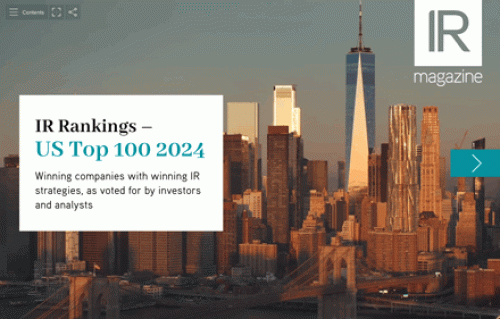Access to alternative private, corporate capital prompts sharp drop in US IPOs
IPO activity declined from 2014’s record-setting numbers but remained in line with the 10-year annual global median of IPOs amid a surge in offerings from Asia, according to a study by EY.
The volume of IPOs in 2015 fell to 1,218, while capital raised dropped 25 percent to $195.5 bn, EY says. The figures are in line with the 10-year annual global median of 1,241 deals raising a total of $176.1 bn.
Asia Pacific was the only region to see an increase in IPOs, with the number of deals rising 20 percent to 673 and an 8 percent increase in capital raised, to a total of $90.2 bn, according to the report. The region accounted for 55 percent of the world’s offerings across 2015 and 46 percent of the capital raised, despite a temporary ban on IPOs from China amid extreme summer volatility.
‘Activity in Asia-Pacific has largely been driven by the huge and ongoing demand to access the public markets in China,’ says Maria Pinelli, EY’s global vice chair of strategic growth markets. ‘A range of economic headwinds, including uncertainty and volatility, low oil and commodity prices and exchange rate volatility ultimately failed to substantially impact the volume and value of IPOs across the region overall. With the outlook improving, we expect an uptick in new listings in 2016 with the pipeline already primed.’
The US IPO market saw a 41 percent drop in the number of deals, at 173 this year, and a 65 percent drop in capital raised, at $33.3 bn, ranking it third in terms of IPO activity in 2015. EY says the decline is due in large part to the increased availability of alternative private and corporate capital.
‘Dry powder,’ or liquid assets set aside for investments, increased 3 percent this year to $482.8 bn, giving companies plenty of alternative opportunities to raise cash, EY says. At the same time, 2015 saw the highest level of merger and acquisition activity this year since 2007.
EY expects IPO activity in 2016 to follow the trend set this year, with higher volatility, US elections, geopolitical shocks and other factors adding uncertainty.
‘With a stop-start year behind us, we expect something similar for 2016, although we’re cautiously optimistic the outlook could improve,’ Pinelli says. ‘The economic fundamentals are strong in most developed economies and any impending changes to monetary policy have been well signaled.’










